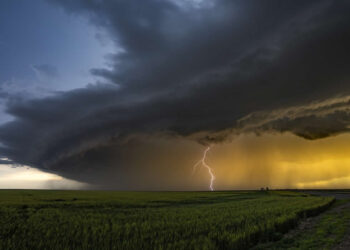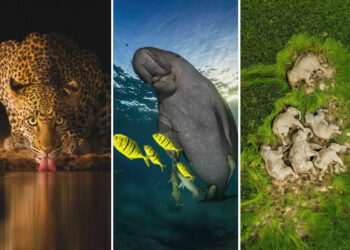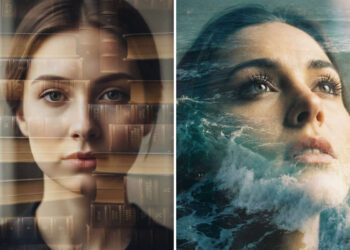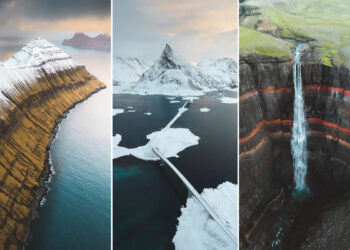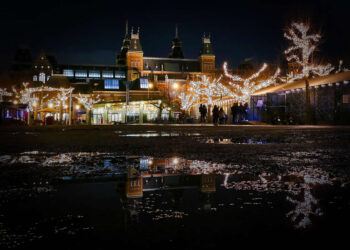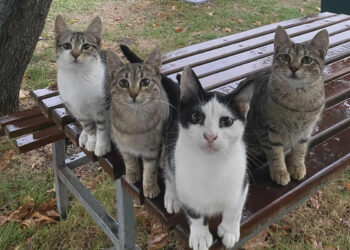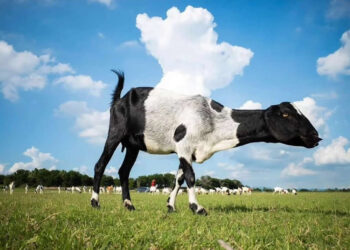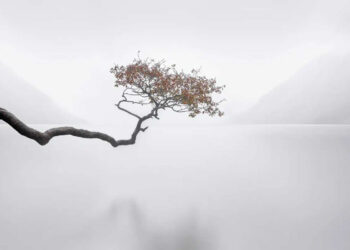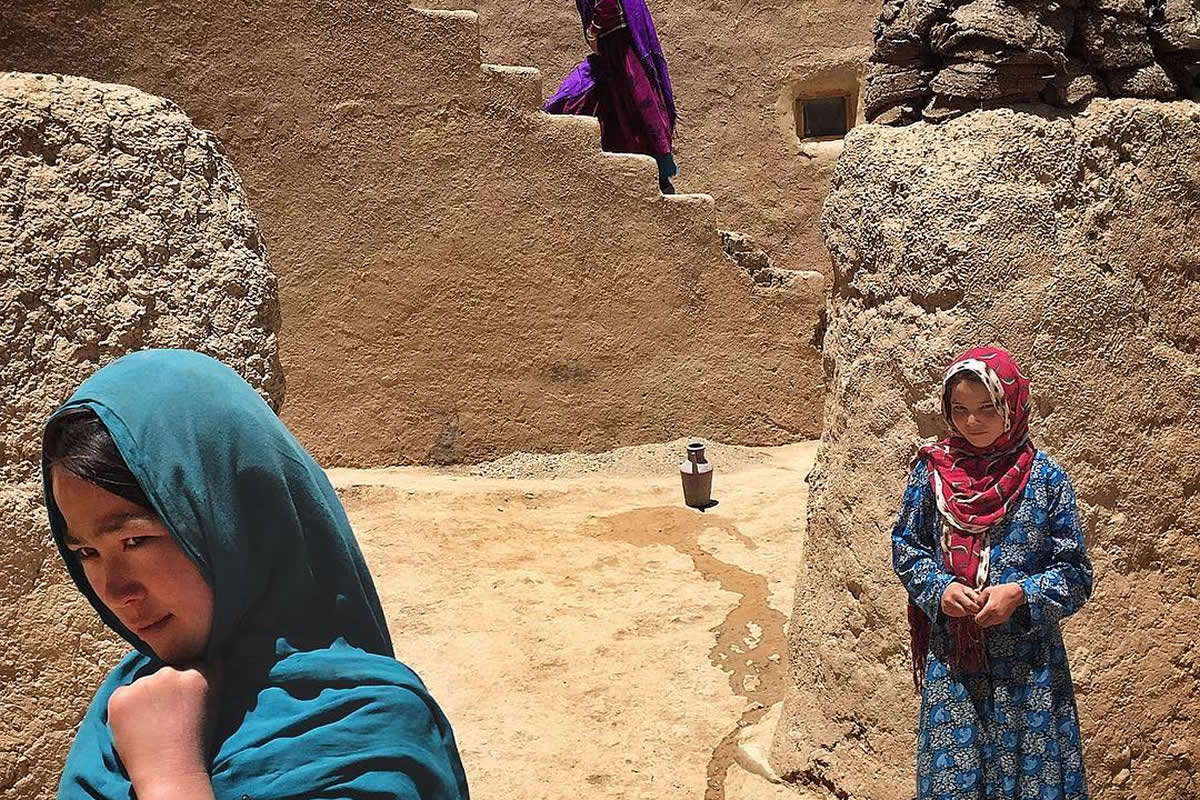In the world of wildlife photography, few names evoke as much respect and admiration as Greg du Toit, the acclaimed South African photographer whose work transcends documentation to become something far more intimate and poetic. With a lifelong passion for the African bush, du Toit’s photographs are not just images—they are raw, visual testaments to his deep connection with nature. He is an award-winning photographer, author, educator, and safari guide, whose unique approach to fine art wildlife photography places emotion, atmosphere, and authenticity above all else.

Du Toit’s work is instantly recognizable for its vibrant colors, tangible mood, and primitive energy, often capturing wildlife in ways that feel almost otherworldly—yet grounded in the reality of animals living in their natural habitats. What sets him apart is his refusal to use bait, camera traps, or digital manipulation.
Every frame represents a genuine, fleeting moment—a convergence of light, behavior, and setting that he patiently waits to capture. This commitment to purity makes his stunning portraits of animals not only visually striking but ethically profound. In this article, we explore 30 enchanting fine art photos that reveal Greg du Toit’s singular vision and the timeless beauty of wild Africa.
Scroll down and inspire yourself. You can check Greg’s Instagram link for more amazing photos.
You can find Greg du Toit on the web:
#1

#2

#3

The Soul of Africa in a Single Frame
Greg du Toit’s photography is deeply personal—rooted in his lifelong relationship with Africa’s wilderness. His portraits don’t just show animals; they evoke spirit and story. Whether it’s a lion with piercing eyes or an elephant disappearing into golden mist, du Toit’s images convey a reverence for the land and its creatures.
These are not chance encounters but deeply felt connections. His unique compositions are born of patience, solitude, and relentless pursuit. The soul of Africa lives in every pixel, and each photo seems to ask the viewer to listen, to feel, and to remember that the wild is sacred and alive.
#4

#5

#6

Fine Art in the Heart of the Wild
What elevates du Toit’s photography to fine art is not just the technical mastery, but the emotional weight each image carries. His use of natural light, shadow, texture, and movement turns ordinary sightings into poetic visual experiences. There is a painterly quality to his work—sometimes soft and dreamlike, sometimes raw and dramatic.
His ability to create depth and narrative within a single frame turns animals into protagonists of timeless stories. Every photo is meticulously crafted in the field, without manipulation, giving it an authenticity that resonates long after viewing.
#7

#8

#9

The Challenge Behind the Shot
Behind the elegance of du Toit’s images lies a brutal honesty: wildlife photography is often frustrating and unpredictable. He describes it as a mental game that constantly tests a photographer’s patience. Waiting for the perfect moment—a subject in great light, a clean background, and a dynamic behavior—can take days or even weeks.
He often finds himself with the perfect scene, only to have a branch obscure the shot or the animal fall asleep. Yet this very struggle is what makes his work so rewarding. His images are victories over chaos and chance.
#10

#11

#12

A Deep Ethical Commitment to the Wild
Unlike many contemporary wildlife photographers, du Toit makes a firm ethical stand: no bait, no camera traps, no captive animals. Every image in his portfolio is captured organically, in the wild, through patience and respect. This commitment is more than a principle—it’s a philosophy.
It ensures that the wildlife remains undisturbed and that every photograph is a true moment in time. For viewers, it adds emotional depth and credibility, allowing us to connect with the animals not as subjects, but as sentient beings sharing their world with us—on their terms.
#13

#14

#15

Capturing Mood and Movement
One of du Toit’s defining strengths is his ability to capture mood. Whether it’s the cool hush of a predawn savannah or the golden haze of sunset over the Okavango, his images pulse with emotion. He often uses slow shutter speeds, allowing movement to blur into painterly streaks that amplify drama and energy. A charging buffalo becomes a force of nature; a flock of birds in motion becomes a symphony of flight. This use of movement and mood transforms his images from mere records into living, breathing experiences.
#16

#17

#18

Portraits That Speak Without Words
Greg du Toit’s animal portraits are striking for their intimacy. A close-up of a leopard’s face or the gaze of a gorilla feels less like observation and more like a silent conversation. He frames animals in ways that reveal personality, vulnerability, even wisdom.
These portraits aren’t about dominance or spectacle—they are about emotion. His ability to get so close, without disturbing the animal’s natural behavior, comes from years of bush experience, quiet observation, and a deep respect for wildlife as individual souls, not just photographic subjects.
#19

#20

#21

Light as a Narrative Tool
Light in du Toit’s photography is not just illumination—it’s narrative. He waits for the moment when light transforms the scene into something magical. A backlit giraffe becomes a glowing silhouette; a hippo breaking the water at dawn looks sculpted in bronze. He uses light to isolate subjects, to enhance textures, and to create depth. These carefully timed images are the result of relentless dedication. Du Toit once said that he often waits days just for the perfect combination of light, subject, and behavior—because in wildlife photography, light is everything.
#22

#23

#24

Photography as a Voice for the Voiceless
At the core of Greg du Toit’s work is a desire to give wildlife a voice. His images raise awareness about the beauty—and vulnerability—of Africa’s wild places. As an author and educator, he uses his platform to teach, inspire, and advocate for ethical practices in nature photography. His photos do not sensationalize; they honor. Through his lens, we are reminded of what we stand to lose and why it’s worth protecting. Each photograph is a quiet call to action, a reminder that the fate of the wild depends on our choices.
#25

#26

#27

Conclusion
Greg du Toit’s photography is more than art—it is an act of devotion. Through 30 enchanting wildlife fine art photos, he shares his passion for Africa’s wilderness and invites us into moments that are at once powerful, tender, and timeless.
His commitment to authenticity, his ability to capture emotion, and his unwavering respect for wildlife set him apart in the world of photography. In every image, we find not just animals, but soul, silence, and story. Greg du Toit doesn’t just photograph wildlife—he honors it. And in doing so, he inspires us all to look closer, feel deeper, and protect what remains truly wild.
#28

#29

#30


